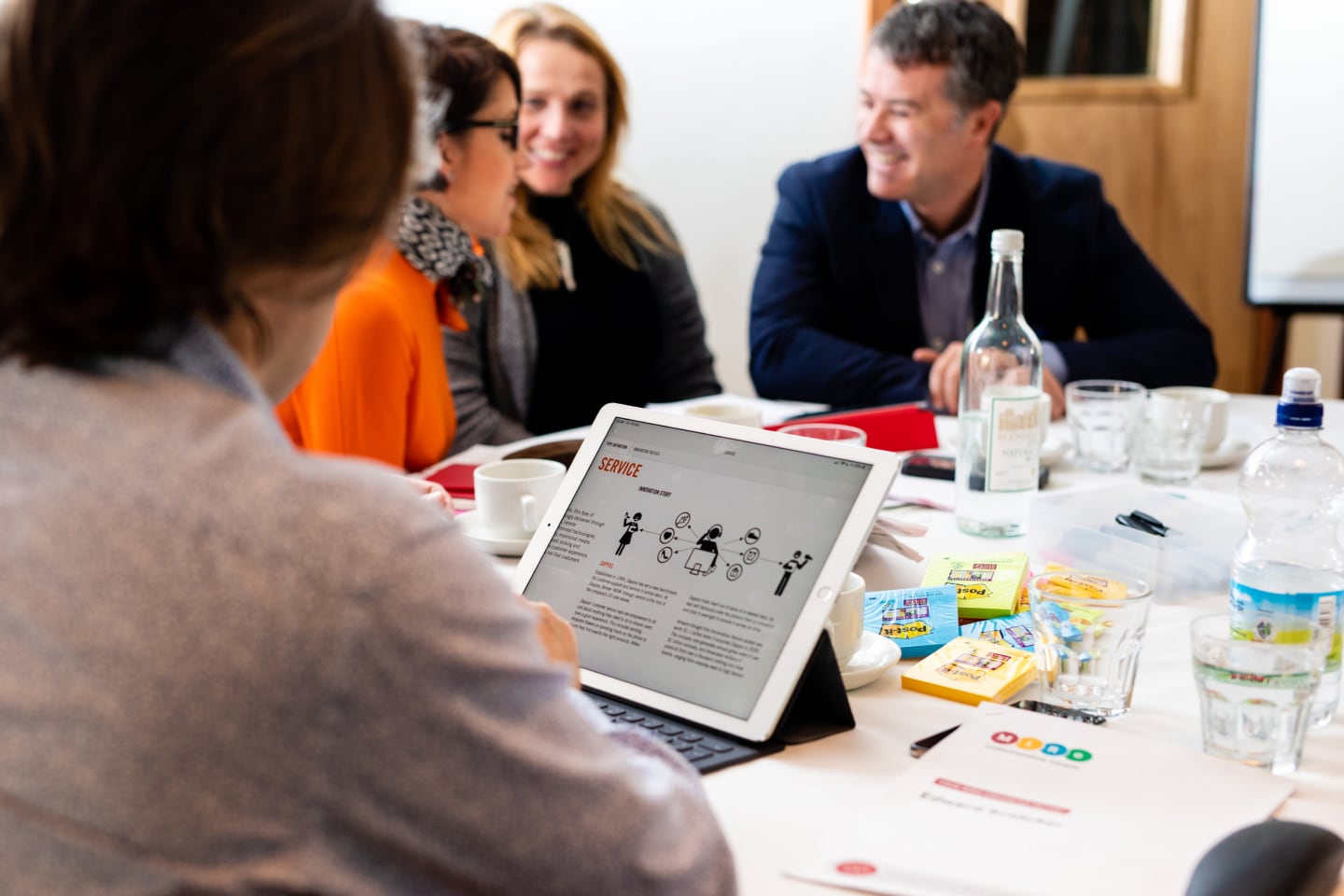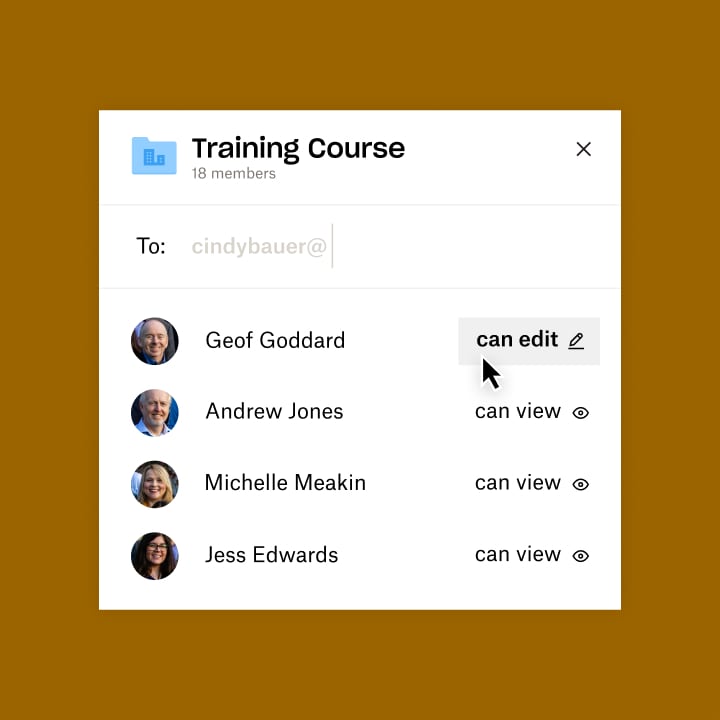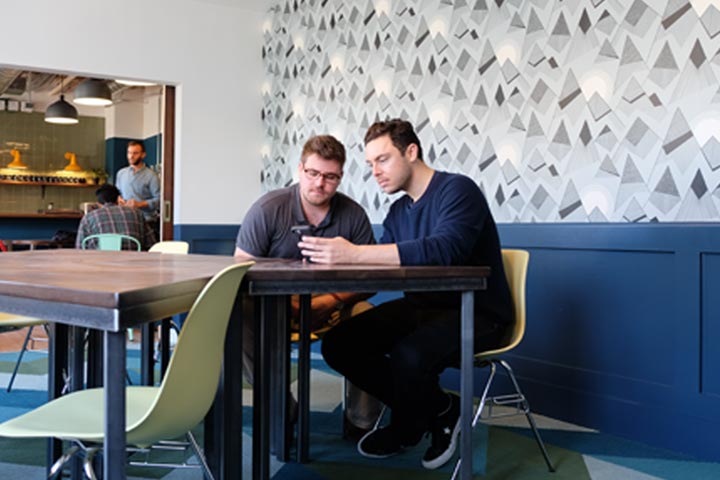By Andrew Jones, CEO of Agility in Mind.
When you’re an entrepreneur, it’s hard to know what tools you’ll need for success. Like many small business owners, I started my company without a clear idea of what I wanted – but I knew precisely what I didn’t want.
During my career, I’d become frustrated. While leading large business units in developing software products and business solutions, time and again I saw unnecessary barriers get in the way of people accomplishing their work.
With the greater emphasis on contract agreements, I witnessed client relationships become more transactional and less trusting. In this environment, we lost the ability to truly collaborate. When I finally learned about agile ways of working, I knew this was an idea I could take to market.


I founded Agility in Mind a decade ago as a consultancy to help solve the common problem of organisations becoming rigid in their structures and processes. Through coaching and training, we help teams respond and adapt quickly to changes in the market or within their environment.
While structure isn’t a bad thing, rigidity interferes with work. The organisation loses sight of why everyone came together in the first place: to collaborate. Agility in Mind breaks that mould. Our coaching and training programmes help clients rekindle the spirit of collaboration by tearing down unnecessary organisational restrictions. This results in more effective employees – and in turn, more successful organisations.











